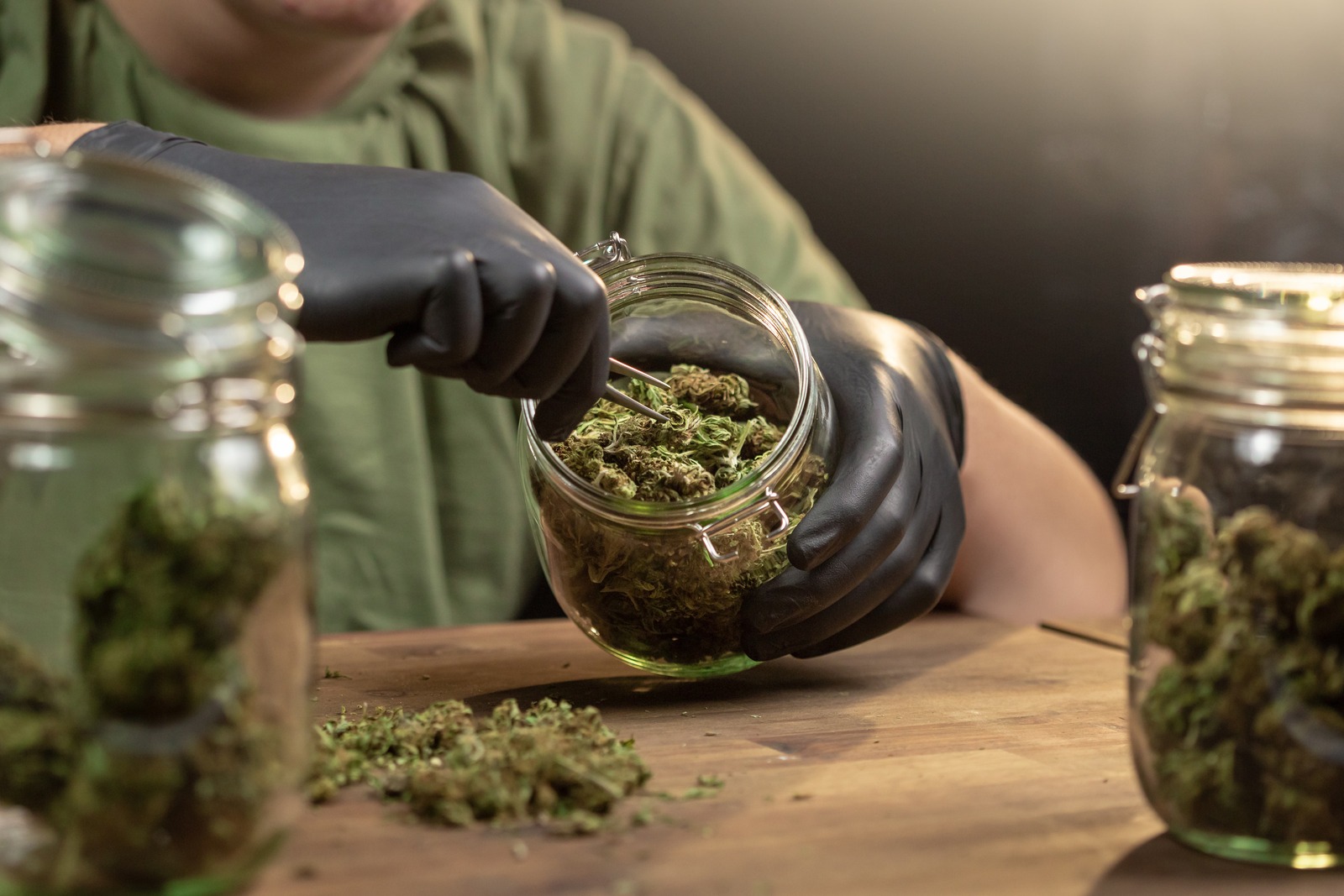Is Weed a Depressant? Drug Classification, Effects, and Treatment
Classifying marijuana can be challenging due to its multifaceted effects on the human body and mind.[1] While marijuana can slow down central nervous system activity, its psychoactive properties also encompass elements of stimulants and hallucinogens, making its overall categorization more difficult. Understanding these complexities can be crucial for understanding weed’s impact on health.

Frequently Asked Questions About Marijuana and Depressants
Are there any interactions or risks associated with using marijuana and depressants together?
Using marijuana and depressants together can amplify the effects of both substances, leading to increased sedation, drowsiness, and impairment. This combination can pose significant risks, including respiratory depression, impaired motor coordination, and cognitive impairment. It’s essential to avoid mixing these substances, as it can increase the likelihood of adverse reactions and overdose.
Can marijuana be used to treat depression or anxiety?
Although some individuals use marijuana to self-medicate symptoms of depression or anxiety, the efficacy of marijuana as a treatment for these conditions is not definitively established and remains under research. While some research suggests that certain components of marijuana may have therapeutic properties for managing symptoms of depression or anxiety, more robust clinical evidence is needed to support its widespread use as a treatment.
What are the potential side effects of combining marijuana with depressants?
Combining marijuana with depressants can lead to a range of potential side effects, including increased drowsiness, dizziness, confusion, and impaired cognitive function. This combination can also heighten the risk of adverse reactions, such as respiratory depression, cardiovascular complications, and overdose. Mixing these substances can also impair judgment and coordination, increasing the risk of accidents and injuries. It’s essential to use caution and avoid combining marijuana with depressants to minimize these risks.
[1] Fordjour, E., Manful, C. F., Sey, A. A., Javed, R., Pham, T. H., Thomas, R., & Cheema, M. (2023). Cannabis: a multifaceted plant with endless potentials. Frontiers in pharmacology, 14, 1200269. https://doi.org/10.3389/fphar.2023.1200269 on April 24, 2024
[2] Alcohol and Drug Foundation. (2020, October 6). Depressants – Alcohol and Drug Foundation. Adf.org.au. https://adf.org.au/drug-facts/depressants/ on April 24, 2024
[3] Cleveland Clinic. (2022, April 25). Gamma-Aminobutyric Acid (GABA): What It Is, Function & Benefits. Cleveland Clinic. https://my.clevelandclinic.org/health/articles/22857-gamma-aminobutyric-acid-gaba on April 24, 2024
[4] Is marijuana a depressant? Everything you need to know. (n.d.). Www.medicalnewstoday.com. https://www.medicalnewstoday.com/articles/325894 on April 24, 2024
[5] Marijuana. (2023, November 5). Cleveland Clinic. https://my.clevelandclinic.org/health/articles/4392-marijuana-cannabis on April 24, 2024
[6] DEA. (2024). Depressants WHAT ARE DEPRESSANTS? https://www.dea.gov/sites/default/files/2025-01/Depressants-2024-Drug-Fact-Sheet.pdf on March 1, 2025
[7] Daniela-Mădălina Ciucă Anghel, Gabriela Viorela Nițescu, Andreea Taisia Tiron, Claudia Maria Guțu, & Daniela Luiza Baconi. (2023). Understanding the mechanisms of action and effects of drugs of abuse. Molecules, 28(13), 4969–4969. https://doi.org/10.3390/molecules28134969 on April 24, 2024
[8] Centers for Disease Control and Prevention. Understanding your risk for cannabis use disorder. (2024, February 15). Cannabis and Public Health. https://www.cdc.gov/cannabis/health-effects/cannabis-use-disorder.html on April 24, 2024
[9] Patel, J., & Marwaha, R. (2019). Cannabis use disorder. Nih.gov; StatPearls Publishing. https://www.ncbi.nlm.nih.gov/books/NBK538131/ on April 24, 2024